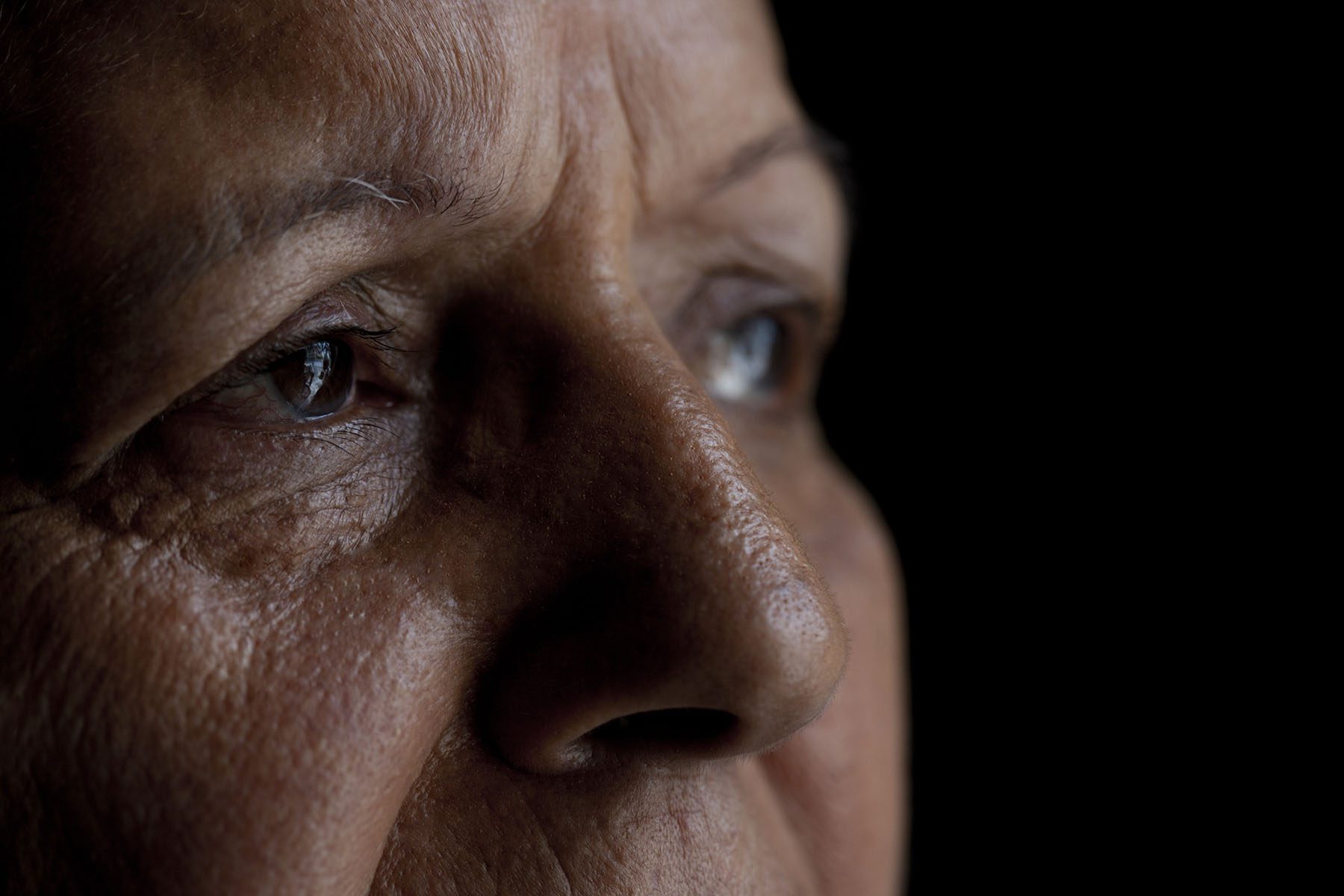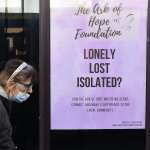Between the ongoing COVID-19 pandemic, the high cost of eldercare and severe staffing shortages in long-term care, loneliness may seem like a comparatively small problem for older adults. However, the “loneliness epidemic,” as it was once described by former U.S. Surgeon General Vivek Murthy, is a serious problem for the approximately 56 million Americans aged 65 and older.
What should older adults and caregivers, both disproportionately women, do to help address loneliness and social isolation? What resources are available for older adults? Are some older adults more at risk than others?
The 19th spoke with experts about loneliness, social isolation and what older adults and caregivers can do to increase the amount of meaningful connection in their lives.
What is loneliness?
Loneliness can be hard to define. There isn’t a blood test or a nose swab to test for it. It is subjective.
“You can be isolated and not feel lonely. You can be surrounded by people and feel lonely,” said Preeti Malani, a professor of medicine at the University of Michigan.
Malani served as a senior advisor for the National Poll on Healthy Aging, which has tracked loneliness in older adults since 2018. The poll asked about frequency of contact with others, as well as more subjective measures like whether respondents felt a sense of “companionship.”
Despite being subjective, the health impacts of loneliness and social isolation are clear.
Nina Blachman, director of the geriatrics fellowship program at NYU Langone Health, said that loneliness “can play a role in worsening all of [an older adult’s] conditions. It’s associated with an increased risk of dementia, an increased risk of stroke. And of course, an increased risk of depression.”
According to the Centers for Disease Control and Prevention, social isolation is linked with a significant increase in premature death from all causes. It is also linked with a 50 percent increase in dementia and a 29 percent increase in heart disease, as well as increases in depression and anxiety that may result from feeling isolated.
How common is loneliness among older adults?
In 2018, 27 percent of adults between ages 50 and 80 in the National Poll on Healthy Aging said that they felt isolated from others in the past year. Malani described this as a “pre-pandemic baseline.”
Unsurprisingly, loneliness peaked in 2020, during the height of the COVID-19 pandemic.
“Older adults were sort of taken out of circulation, because we were worried about the health effects [of COVID-19]. We knew that if you were older and you got COVID, you were at higher risk of hospitalization and even death,” Malani said.
In June 2020, 56 percent of older adults reported feeling socially isolated. That number has gone down with the advent of the COVID-19 vaccine and the return to normalcy, but it has not completely returned to pre-pandemic levels.
According to the latest polling from January 2023, 34 percent of older adults reported feeling socially isolated.
“A lot of people haven’t gone back to where they were,” Malani said. She stressed the importance of maintaining social connection and using the tools we have available to make doing so safer.
“We need to provide reassurance and actual tools. Masks work, vaccines prevent severe disease. It’s a layered approach. Back in 2020, it was all or nothing. But now we can continue to do the things that are important to us in ways that keep COVID risks low,” Malani said.
What factors contribute to social isolation?
According to the National Poll on Healthy Aging, older adults who are in poor physical or mental health are more likely to report feeling socially isolated, and in higher numbers.
“People who had self-reported disabilities were more likely to feel socially isolated. This is a group of people who have more infrequent social contact,” Malani said.
Women also reported higher rates of social isolation and lack of companionship in the poll than men.
“There’s certainly many more older women, just demographics-wise. Women outlive men, so older women are at more risk of becoming lonely,” said Blachman.
What resources are available to help older adults make more meaningful connections in their lives?
Opportunities to socialize are local, according to Emily Allen, senior vice president of programs at the AARP Foundation.
“We always recommend that individuals start with their local area agency on aging. [They’re] really doing a lot of great work helping people get connected back to each other,” Allen said.
AARP’s Connect2Affect tool can help caregivers and older adults find programs in their communities to address their needs – including affordable housing or respite care.
“We want to make sure we’re directing people to programs that will address the root causes. Is it because of a health crisis that they’re suddenly not able to go out as much? Or is it a caregiving responsibility? Is it the death of a spouse?” Allen said.
Volunteering can also be a great way for older adults to make social connections. Allen highlighted the Experience Corps, which links older adult volunteers with children, with the goal of getting young students to read at grade level. The program suffered a setback from the pandemic while schools were closed, but it currently has about 2,000 volunteers nationwide.
“It really has dual outcomes. It engages older adults in volunteerism and it improves reading levels for students,” Allen said.
Blachman also stressed the importance of local communities in building social connections for seniors.
“It’s about encouraging them to do what they’re interested in doing. Whether it’s exercise classes, religious organizations, whatever that might be,” she said. She highlighted that senior centers will sometimes have specific programs for older adults who are immigrants and who may not speak English as a first language.
What about older adults with disabilities?
For older adults with physical disabilities or limited mobility, virtual classes may be a good option, according to Blachman.
She also recommends looking into what local resources are available to help older adults and adults with disabilities get around.
“Some senior centers have accessible transportation,” Blachman said.
For older adults who are homebound, Allen recommends friendly call programs, which organize calls between older adults and volunteers on a regular basis, to check in on how people are doing or to just chat. AARP operates its own, but there are also programs at the state and local level, as well as smaller programs operated by individual religious organizations and community centers. Friendly call programs can also be a good option for people with dementia or other cognitive difficulties.
“It’s really just about having a conversation with somebody,” Allen said.







